Rise in seals and sharks 'conservation success'
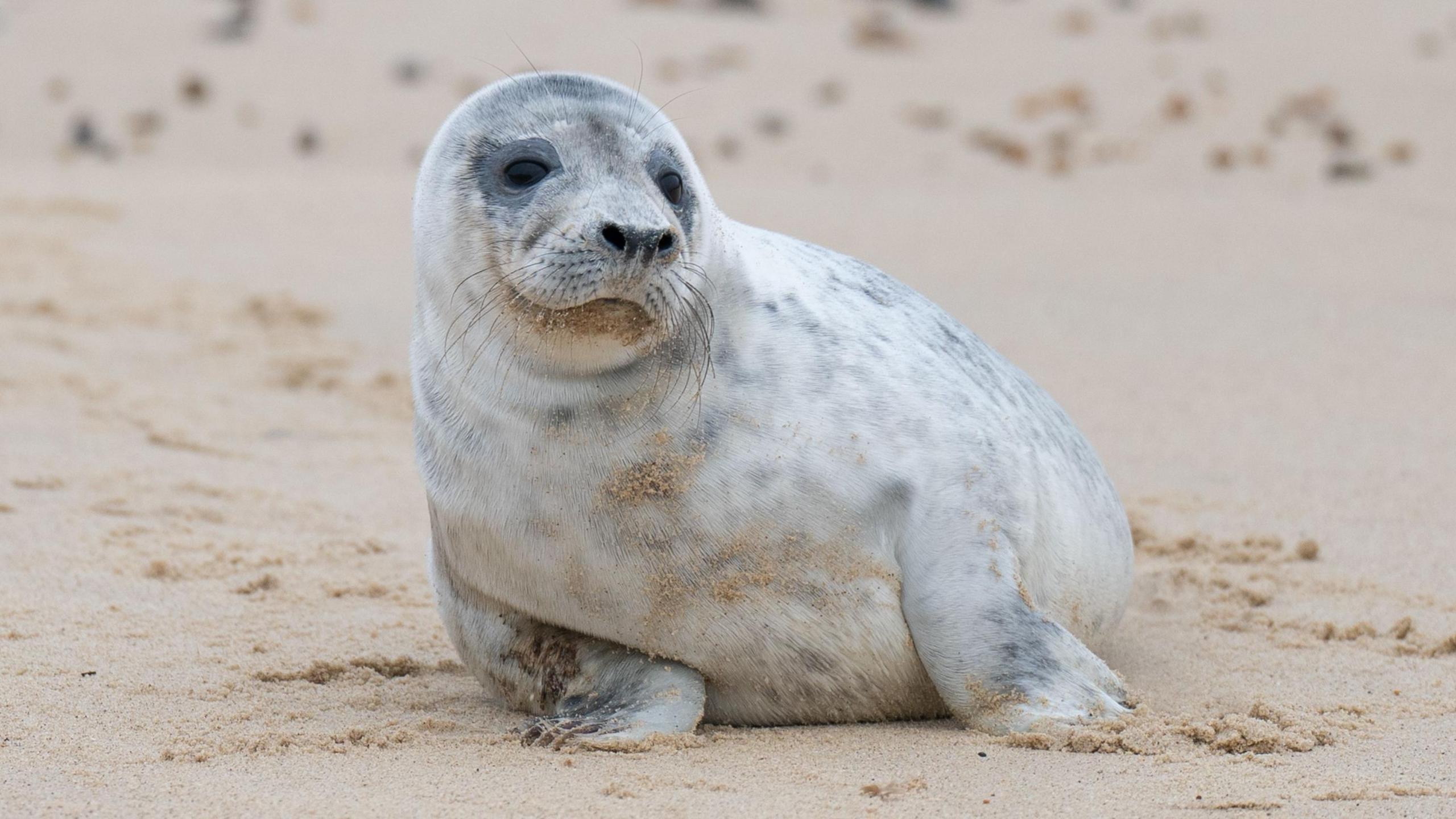
Grey seals are living and breeding in greater numbers on the Cumbrian coast
- Published
It has been a turbulent year for wildlife in the Irish sea, according to a conservation charity.
Cumbria Wildlife Trust said the population of grey seals, external recovered well in 2023, after a dip last year.
The number of sharks in the area also appeared to increase, with 13% more egg cases from sharks and rays found on Walney Island than in 2022.
But the Trust also reported wildlife had been washed up tangled in fishing gear this year, highlighting the dangers of marine and beach litter.
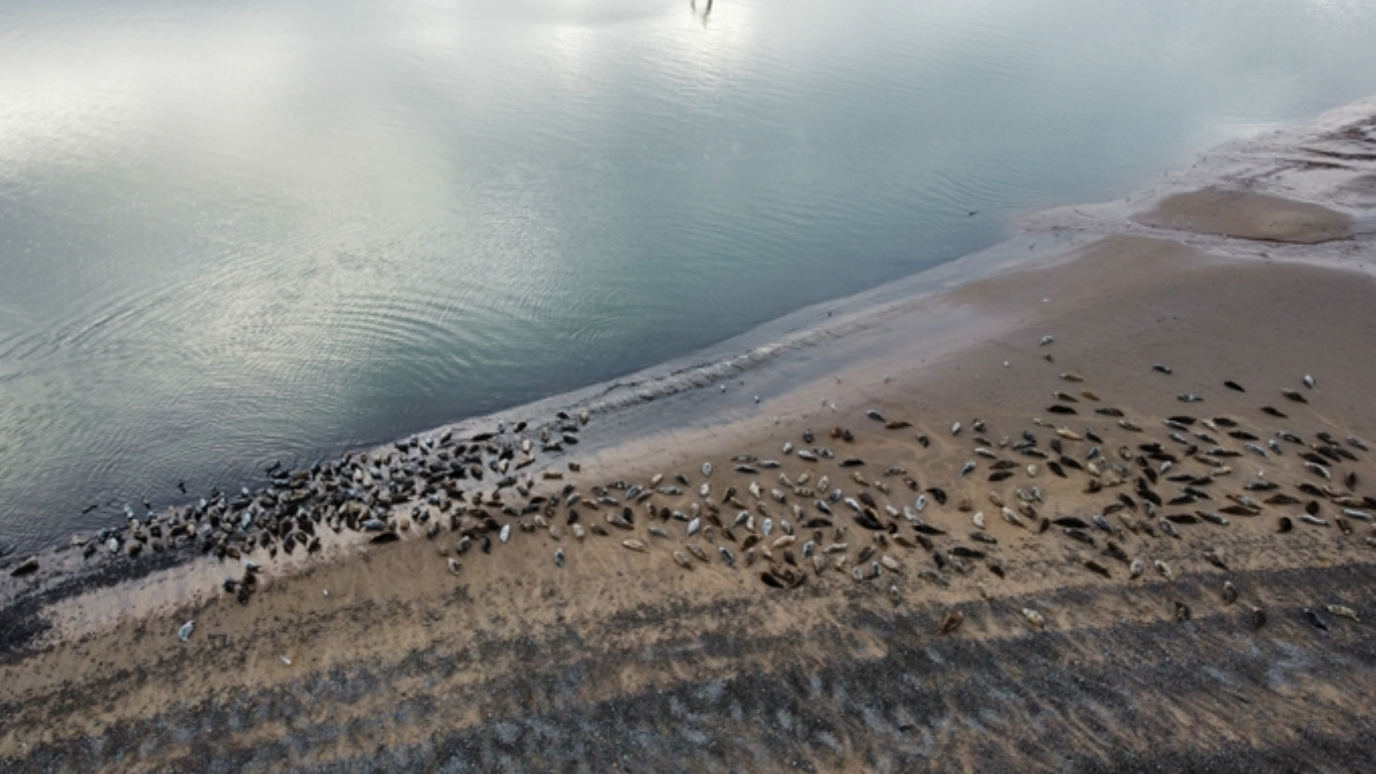
South Walney Nature Reserve has Cumbria's only breeding grey seal colony
A drone count in January 2023 revealed 466 grey seals at South Walney Nature Reserve - the highest count of the season.
This showed that numbers had recovered well after a dip in 2022.
The seal colony is recent, developing from single figures since the 1980s, and 2023 is only the ninth year in which the seals have bred.
Cumbria Wildlife Trust recorded nine seal pups in Autumn this year, bringing the total to 48 pups since 2015.
Head of Marine at North West Wildlife Trusts Georgia de Jong Cleyndert said: "It’s been a real conservation success story but we face ongoing challenges with disturbances."
An adult seal and a porpoise were washed up after possibly being hit by a boat, the Trust said.
Another adult seal and pup were discovered dead at the same time.
Their cause of death is unknown, but when mothers with pups are disturbed or alarmed, they flee into the water, potentially abandoning the newborn pups which can then starve.
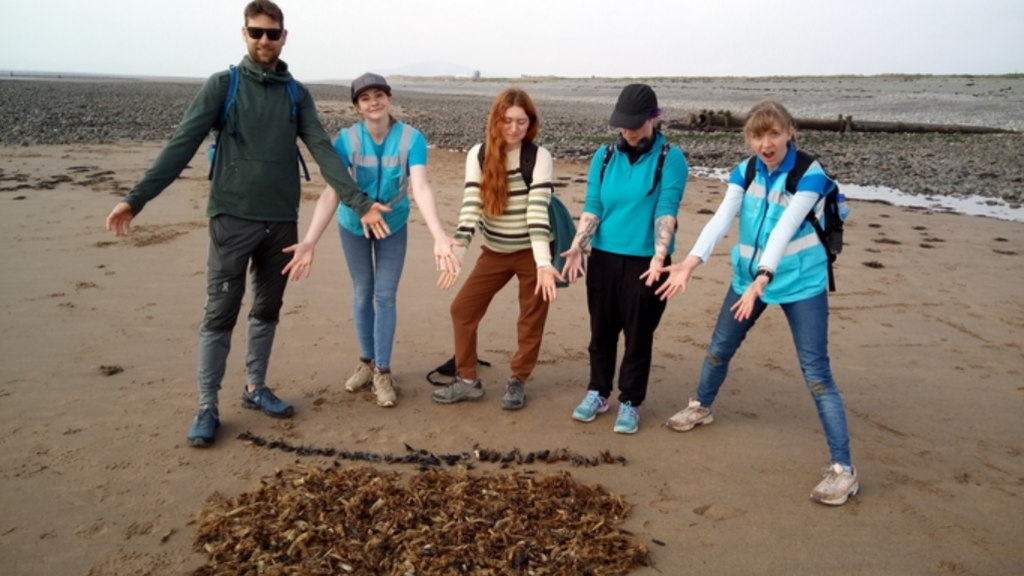
In April, a group of shore-searchers went looking for shark egg cases
The shark population off the Cumbrian coast also appears to have grown in 2023.
A haul of 3,759 egg cases (discarded by sharks and rays) was discovered off the coast at Biggar Bank, Walney Island.
It included cases from small spotted catsharks, nursehound sharks, thornback ray and spotted ray, according to the Trust.
Less welcome were increased sightings of Pacific oysters, on the west and south coast of the county, Cumbria Wildlife Trust said.
The invasive species are cause for concern as they out-compete native oysters and other wildlife for food and space.
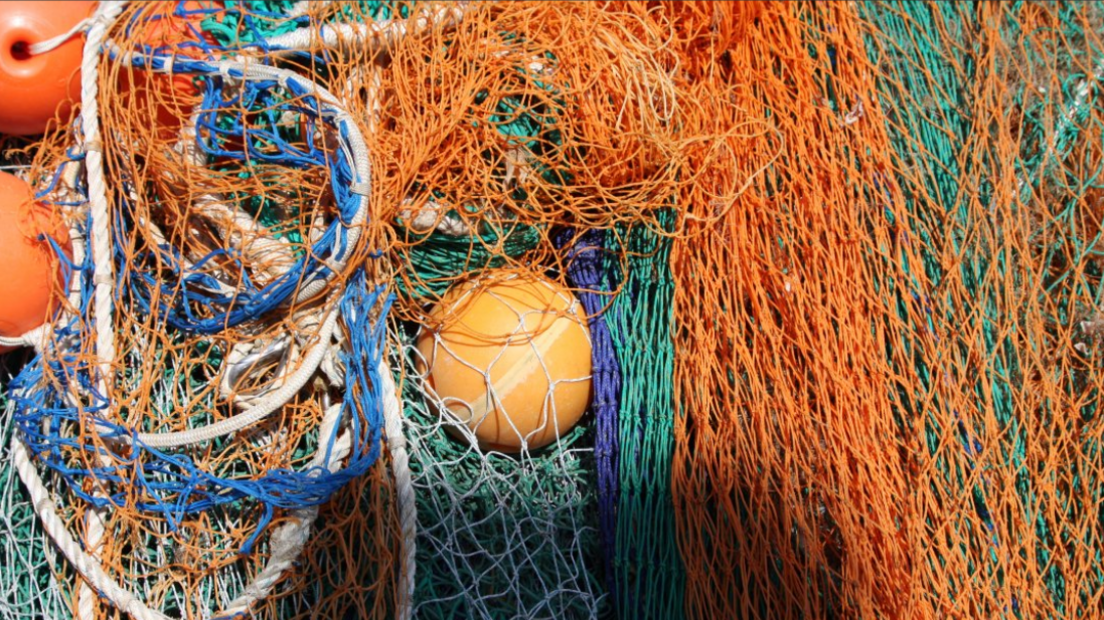
Lost fishing gear is one of the most common types of marine litter, according to the Trust
In March, a young grey seal, possibly a 2022 pup from South Walney, was found washed up and tangled in fishing gear at Seascale beach.
Ms de Jong Cleyndert said: "This gear continues to needlessly catch and kill marine life.
"We run regular beach cleans, why not get involved?”
Follow BBC Cumbria on X (formerly Twitter), external, Facebook, external and Instagram, external. Send your story ideas to northeastandcumbria@bbc.co.uk.
Related topics
- Published28 September 2023
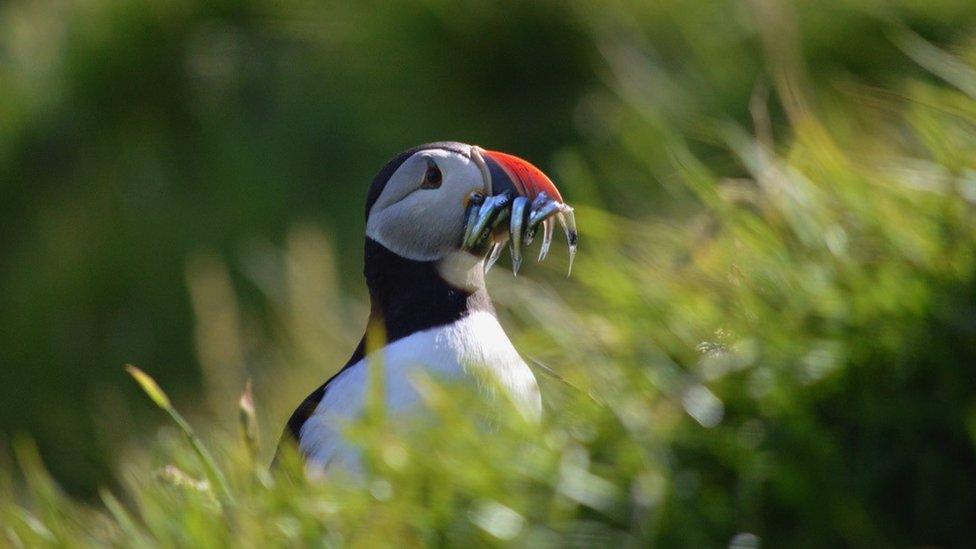
- Published27 December 2023

- Published27 October 2023
